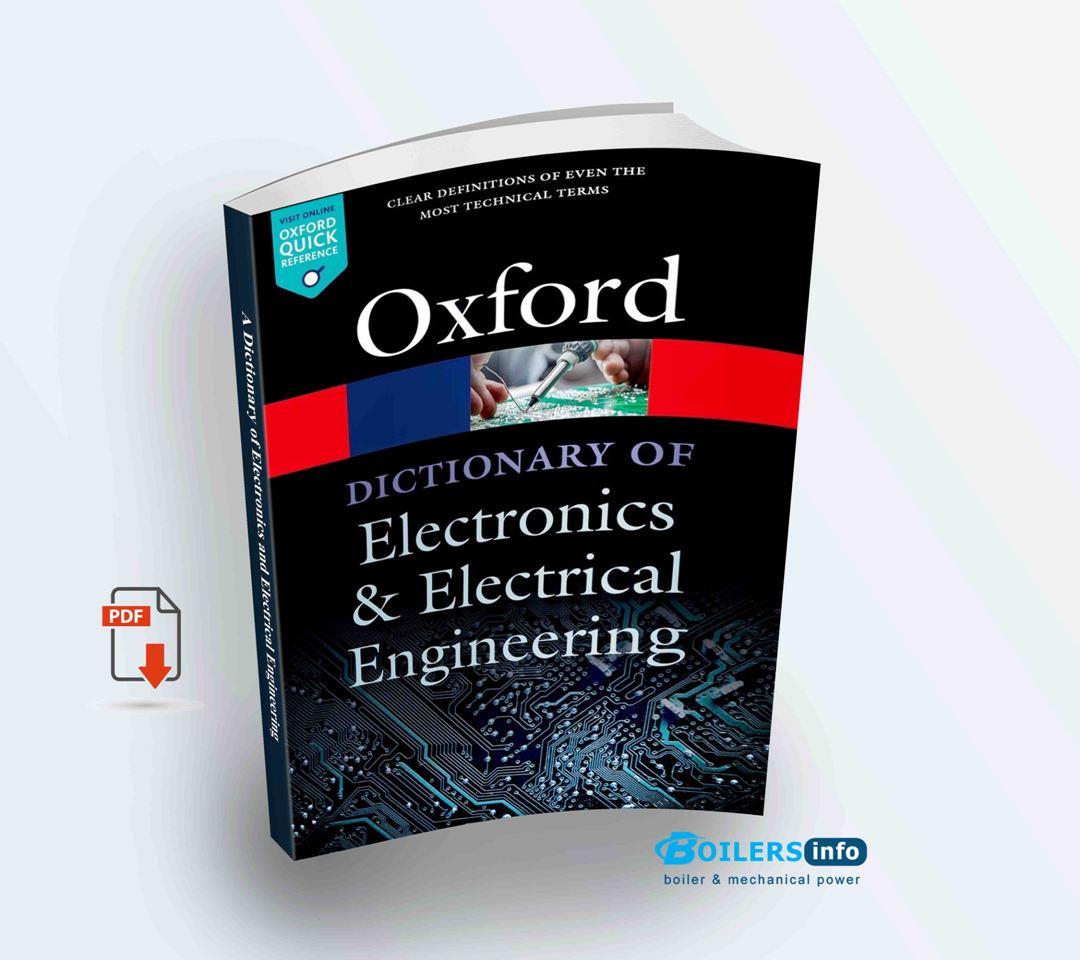The Oxford Dictionary of Electronics and Electrical Engineering: A Cornerstone for Modern Technologists
In an age driven by rapid technological advancement, the language of electronics and electrical engineering has grown richer, more complex, and deeply intertwined with every aspect of modern life. The Oxford Dictionary of Electronics and Electrical Engineering stands as a beacon in this dynamic field, offering clarity, precision, and a wealth of knowledge to students, professionals, and curious minds alike.

A Legacy of Excellence
Published by Oxford University Press, a name synonymous with academic integrity and linguistic rigor, this dictionary has long been a trusted companion for engineers, technicians, and researchers. From its first edition to the present, it has continually evolved to reflect the latest developments in technology, covering everything from foundational principles to cutting-edge innovations like quantum computing, photonics, and renewable energy systems.
Comprehensive Yet Accessible
One of the most remarkable features of this dictionary is its ability to balance depth with clarity. With over 5,000 entries, it spans a vast array of topics: circuit theory, signal processing, semiconductor devices, telecommunications, digital electronics, control systems, and beyond. Each term is carefully defined, often with diagrams, mathematical expressions, and historical context that enrich understanding.
What sets the Oxford Dictionary apart is its commitment to accessibility. While it serves as a technical reference, it avoids overwhelming jargon, making it suitable for both beginners and seasoned professionals. For students in engineering programs, it’s an indispensable study aid. For educators, it offers a reliable source of standard definitions. For working engineers, it’s a quick reference that supports clarity in documentation and communication.
More Than Just Definitions
Beyond simple definitions, the dictionary often delves into the etymology of technical terms, revealing how language in science evolves. It also provides cross-references to related concepts, enabling users to explore broader topics and see connections between disciplines. For instance, an entry on “impedance” might guide the reader to “admittance,” “reactance,” or “AC circuit analysis,” encouraging deeper learning.
Keeping Pace with Innovation
The Oxford Dictionary of Electronics and Electrical Engineering is regularly updated to incorporate new technologies and terminologies. As fields like IoT (Internet of Things), machine learning, and smart grid systems become increasingly vital, their associated lexicon finds its place within this authoritative volume. This ensures that engineers are never out of step with the language of innovation.
A Tool for Global Communication
In a globalized industry where cross-border collaboration is the norm, having a standard reference helps reduce misunderstandings and improves technical communication. Whether you’re writing a technical report in Tokyo, designing a circuit in Berlin, or troubleshooting a power system in Dubai, this dictionary offers a shared language that bridges disciplines and continents.
Book Download
The Oxford Dictionary of Electronics and Electrical Engineering is more than a book—it’s a crucial tool for navigating the complex world of technology. It empowers engineers to speak a common tongue, promotes lifelong learning, and stands as a testament to the ever-evolving relationship between language and innovation. In a field where precision matters, having the right words makes all the difference.
 Boilersinfo Boiler and Mechanical Power Digital Library
Boilersinfo Boiler and Mechanical Power Digital Library





